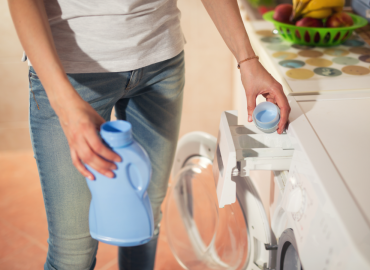We are an affiliate
BestPetsBeds.com is a participant in the Amazon Services LLC Associates Program, an affiliate advertising program designed to provide a means for sites to earn advertising fees by advertising and linking to Amazon.co.uk.“As an Amazon Associate, I earn from qualifying purchases.”
Revolutionize Your Pet’s Sleep with Memory Foam!
Memory foam pet beds provide several benefits for pets, including:
Contents
- Comfort: Memory foam conforms to a pet’s body shape, providing excellent support and reducing pressure on joints, muscles, and bones.
- Improved Sleep Quality: Memory foam helps distribute a pet’s weight evenly, reducing the risk of pain and discomfort during sleep, and promoting deeper, more restful sleep.
- Relief from Arthritis and Joint Pain: The supportive nature of memory foam can help relieve pressure and reduce pain and discomfort in pets with arthritis and other joint issues.
- Durability: Memory foam is a durable material that is resistant to wear and tear and can last longer than other types of bedding materials.
- Easy to Clean: Memory foam pet beds are often covered in removable and washable covers, making it easy to keep them clean and hygienic.
- Thermoregulation: Memory foam helps regulate a pet’s body temperature, keeping them warm in colder weather and cool in hot weather.
In conclusion, a memory foam pet bed can provide several benefits for pets, including improved comfort, sleep quality, and joint health. When choosing a memory foam pet bed, make sure to consider the size of your pet and their individual needs to ensure a good fit.
What makes memory foam a good choice for pet beds?
Memory foam is often considered a good choice for pet beds for several reasons:
- Comfort: Memory foam is known for its ability to conform to the shape of an individual’s body, which can provide a comfortable sleeping surface for pets. This can be especially beneficial for pets with joint pain or other health issues that make it difficult to get comfortable on a traditional pet bed.
- Support: The density of memory foam can provide support for pets by evenly distributing their weight and reducing pressure points. This can help alleviate joint pain and improve overall comfort.
- Durability: Memory foam is a durable material that can withstand regular use and is less likely to flatten or lose its shape over time compared to other materials used in pet beds.
- Hygiene: Memory foam is easy to clean and can be resistant to dust mites, which can be beneficial for pets with allergies or respiratory issues.
- Safety: High-quality memory foam products are often made with non-toxic materials and do not contain harmful chemicals that could be harmful to pets.
Overall, memory foam can be a good choice for pet beds because it provides comfort, support, durability, hygiene, and safety, which can help improve the overall quality of life for pets.
Is memory foam toxic to pets?
Memory foam itself is not toxic to pets, but some memory foam products may contain chemicals that could be harmful to animals if ingested or inhaled.
Memory foam is made from polyurethane foam, which is a synthetic material that can emit volatile organic compounds (VOCs) as it breaks down over time. Some of these VOCs can be harmful to pets if they are exposed to high levels of them over a long period of time.
Additionally, some memory foam products may contain fire retardants or other chemicals that could be toxic to pets if ingested or inhaled. It is important to check the label and research the specific memory foam product you are considering to make sure it does not contain any harmful chemicals.
To ensure the safety of your pets, it is best to provide them with a comfortable and safe sleeping area that is made from natural and non-toxic materials, such as organic cotton or wool. If you do choose to use a memory foam product, be sure to monitor your pet’s behaviour and health to ensure they are not experiencing any adverse reactions.
Can memory foam be recycled?
Memory foam can be recycled, but it can be more challenging than recycling other materials due to its composition.
Memory foam is made of polyurethane foam, which is a type of plastic that does not biodegrade easily. However, there are recycling facilities that specialize in recycling polyurethane foam, including memory foam.
The recycling process typically involves shredding the memory foam into small pieces and then using heat and chemicals to break down the foam into its original components, which can then be used to make new products. The resulting material can be used for a variety of purposes, such as insulation, carpet padding, or even new memory foam products.
It’s worth noting that not all recycling facilities accept memory foam, so it’s important to check with your local recycling centre to see if they accept this type of material. Additionally, some memory foam products may contain chemicals that could complicate the recycling process, so it’s important to check the label and research the specific product before attempting to recycle it.
Overall, while recycling memory foam can be challenging, it is possible to recycle this material and give it a new life rather than contributing to landfill waste.




